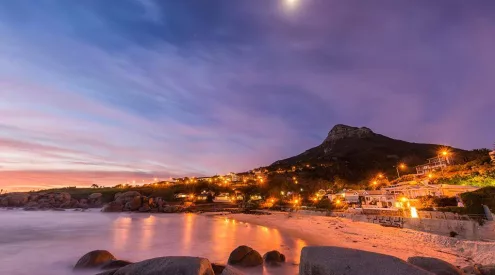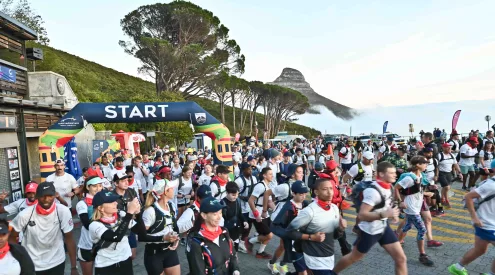Packing is not usually my strong point. I’m somewhat of a chuck-it-in, sit-on-it and try-close-the-zip guy. While this might work for luggage that you don’t need to get into for a while, I found out that when it comes to camping it’s a whole different kettle of baked beans. These tips would have helped:
1. Don’t overload
Apparently adults should carry a maximum of a third their body weight and children should carry no more than a quarter of their body weight. It’s a good rule to stick to. My parents never got the memo on this one and now I’m two inches shorter than the man on the BMI chart at my doctor’s office.
2. Distribute the weight evenly
If you don’t you’ll end up walking around in circles. Keep the pack close to your back and use the hip strap to bear most of the weight.
3. Waterproof everything
Rain is kak when you’re hiking. Soggy sandwiches are also kak. Enough said.
4. Put it where you can find it
It’s difficult to find a torch without a torch. Keep stuff like rain gear, gloves, hats, torches, batteries, sunscreen and water in the top of your backpack or in an outside pocket, where you can reach them quickly and easily.
5. Don’t mess with your meal
Keep your food near the top where it won’t get squashed. If you’re going to be cooking, keep fuel below your food in case of spillage (see point 3). Ziplock bags are handy for this, they keep things dry and making them easy to split up.
6. Fill the gaps
Stash items in empty spaces such as the insides of shoes, pots and hats. This is not only economical, it’s also sort of fun. A game of hide and seek with a fruit roll can do wonders to take your mind off the blister you got because you wore the wrong socks.
7. Pack your tent at the bottom
It’s only going to be needed once you’ve stopped. This is obvious. If you didn’t know this you should reconsider hiking, I’m afraid there might a whole bunch of other stuff you don’t know.
8. Strap it on
If frugal isn’t how you roll, then use bungee cords to secure items to the outside of your backpack and strap your sleeping bag to the bottom once it’s packed. If you have a sleeping mat, pack it vertically on the back of your bag. Try not too have too many dangly bits. In my opinion, packing a mouse (in the picture) is overkill, unless it’s food – in which case it’s genius.
9. Roll, don’t fold
Rolling your clothes saves space and makes it easier to wedge into gaps. It also keeps them from creasing. I’m not sure why the second part is relevant.
10. Share the load
If you’re hiking in a group, split the various parts of your tent among hikers to distribute the weight. If they’re sleeping under it, they might as well carry it.
Got any packing tips? Share them below.
Image courtesy of Kusito on Flickr


















